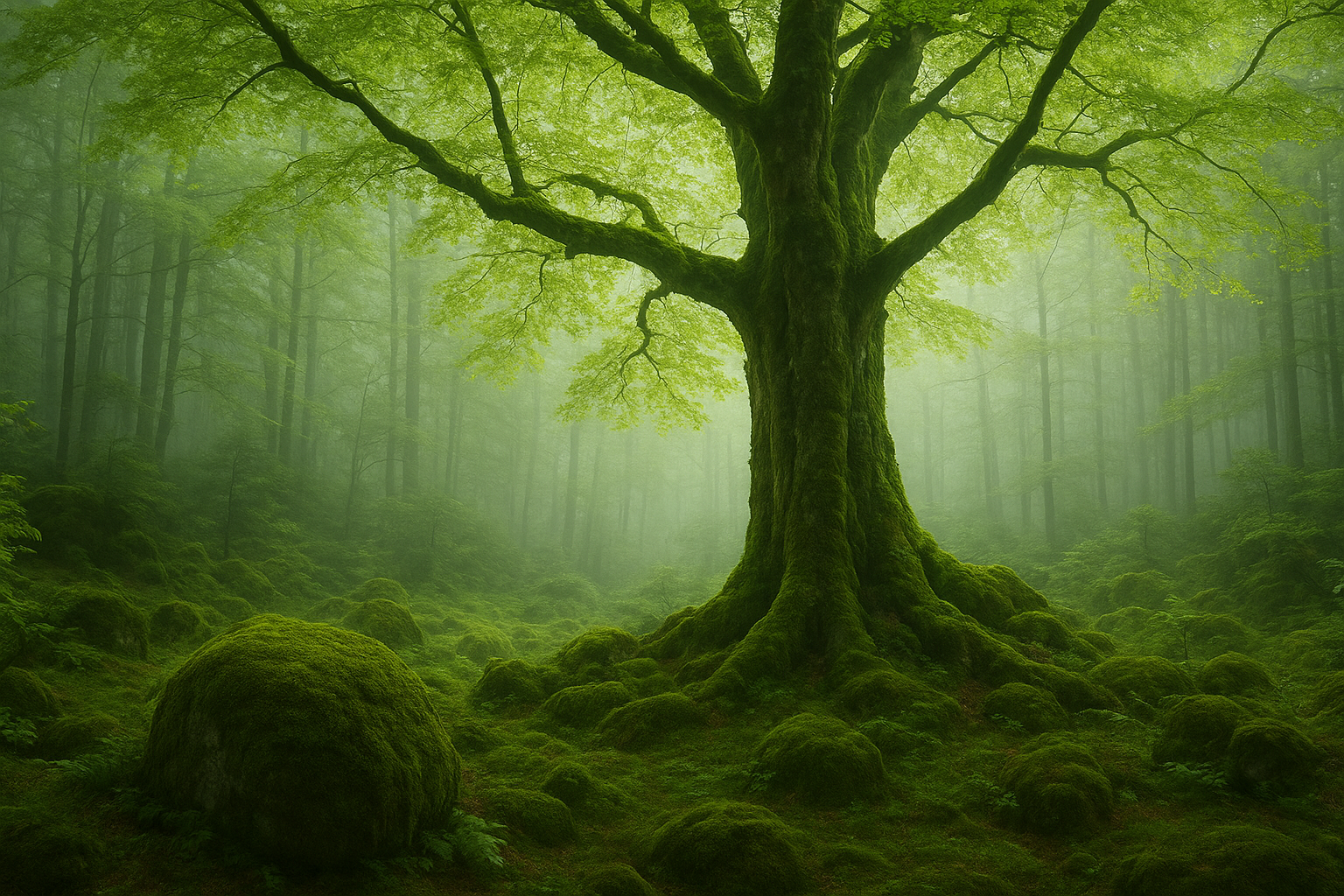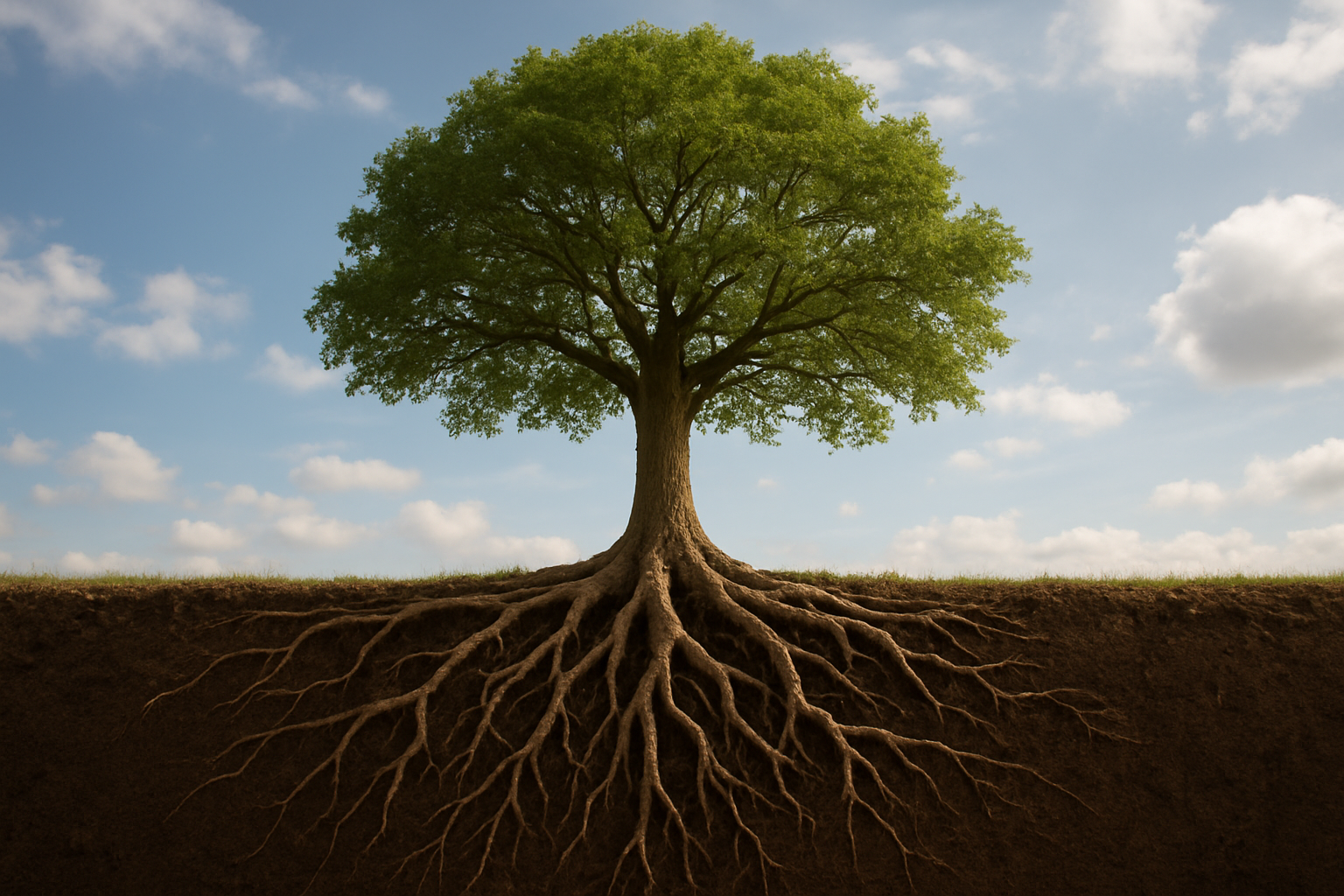The Dao, often translated as the “Way,” is an essential concept in Chinese philosophy, particularly in Daoism. It represents a fundamental principle that underlies and unifies the universe. This article explores the manifestations of the Dao and how it breathes life into all things.
The Dao: A Fundamental Influence
At its core, the Dao is a philosophy of balance and natural order. It is the guiding force of nature and the universe, often described as the path or the way that things ultimately are. As the great sage Laozi writes in the Dao De Jing, “The Dao that can be told is not the eternal Dao; the name that can be named is not the eternal name.”
This succinctly encapsulates the elusive nature of the Dao—an idea that is so fundamental that it transcends linguistic expression. Instead, it is something to be experienced and understood through nature and interaction with the world.
The Dao in Nature
The Dao is deeply entrenched in the natural world. A single leaf, a flowing stream, or the gentle rustling of the wind—all exhibit the spontaneous and harmonious qualities of the Dao. The interconnectedness of all life reflects the Dao’s pervasive presence. As Alan Watts elegantly put it in The Way of Zen, “We do not ‘come into’ this world; we come out of it, as leaves from a tree. As the ocean ‘waves,’ the universe ‘peoples.’” [Goodreads]
In understanding the natural rhythm and patterns of the world, humans can align themselves more closely with the Dao. This connection offers a greater appreciation for the intuitive wisdom found within every living thing and fosters an awareness of the interconnectedness of all aspects of life.
Balance and Harmony
Central to the Dao is the idea of balance. The Daoist principle of yin and yang speaks to the dynamic interplay between opposing forces in the universe. These elements are never in isolation but are part of a constant flow and exchange, creating harmony. In Stephen Mitchell’s interpretation of the Tao Te Ching, this is illustrated as “Being deeply loved by someone gives you strength, while loving someone deeply gives you courage.”
Harmony with the Dao is not achieved through forceful action but through a process of aligning with the natural order. This approach is best encapsulated in the concept of wuwei, or “non-action,” which represents an effortless way of being that allows one to move in accord with the rhythms of life.
The Dao and Life in Modern Times
In today’s fast-paced world, the teachings of the Dao offer profound insights for living a balanced and harmonious life. By embracing the principles of simplicity and alignment with nature, it becomes possible to find peace amidst chaos. As Laozi famously said, “A journey of a thousand miles begins with a single step.”
Many contemporary thinkers and practitioners have sought to apply these ancient principles to modern contexts, encouraging a lifestyle that prioritizes well-being and ecological balance over material excess. The modern sustainability movement, for example, often echoes Daoist ideals by advocating for a way of living that minimizes harm to the environment and recognizes the importance of maintaining equilibrium with the Earth.
Conclusion
In understanding the Dao, we cultivate a deeper connection not only to the world around us but also to ourselves. The concept of the Dao offers timeless wisdom, guiding us towards a life of balance, harmony, and spiritual fulfillment.
“To be one with the Dao is to be in harmony with all things, letting the cosmos unfold in its natural order.”
As we continue to explore and deepen our understanding of the Dao, let us remember that this path is less about striving for an unattainable ideal and more about harmonizing our lives with the incredible tapestry of the universe. This, ultimately, is the life of the Dao—expressed in all things, breathing life into the world.




